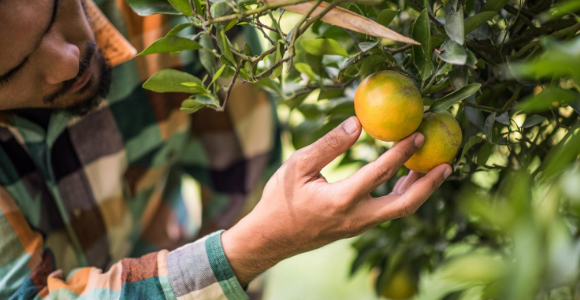
The link between remote sensing, controlling weeds and boosting yield
29 September 2020
AUSVEG Advocacy Activities – 28 September 2020
29 September 2020Labour
Labour continues to be front and centre of AUSVEG’s advocacy discussions with crunch time now firmly upon us in many parts of the country.
AUSVEG has been supportive of a multi-pronged approach to labour shortages in the sector and has been highlighting the looming shortages to government since COVID-19 began. But it has now reached tipping point where the looming crisis is becoming real with many growers struggling to find labour.
We have continued to raise with government the urgency around finding solutions to this but have struggled to get a clear commitment from them going forward.
The National Farmers’ Federation Horticulture Council recently released a 10-point plan to tackle this issue, which is highlighted below:
10-point plan to solve horticulture labour crisis
- Seasonal Worker Programme pilot extension.
- Incentives for domestic displaced workers.
- Agricultural Workforce Code introduction.
- Promotion of opportunities to work in agriculture.
- Accommodation support.
- Development of a National Agricultural Workforce Development Network.
- National Labour Hire Licensing/Registration Scheme.
- Working holidaymaker restart.
- Agriculture Visa/Harvest Work Visa.
- Horticulture Industry Labour Agreement (HILA) additional occupations.
You can see the full document here.
These are not new issues that have been raised with federal and state governments; they are the same issues various parts of the industry have been raising for the past six months and we will continue to advocate these on behalf of industry.
Seasonal Worker Programme expansion
The Seasonal Worker Programme pilot in the NT is a significant piece of work and has provided a blueprint for other states to ‘opt-in’ to the scheme.
As an industry we understand that 160 workers in the NT is a far cry from what is required to solve industry’s labour shortages Australia-wide.
However, the federal government has now agreed to a pathway for State Governments to ‘opt-in’ if they wish to do so. In order for each state government to get their own Seasonal Worker Programme underway, they must address these four key issues:
- The State must be able to demonstrate and advocate that there is unmet labour demand in their respective horticulture sector.
- The State must be able to manage the quarantine processes for the incoming workforce.
- The State must be able to ensure that priority is given to returning Australians from overseas.
- The State’s Chief Medical Health Officer must also endorse the program and be comfortable with the quarantine processes.
Each state is at varying levels of understanding of this process, as well as their ability to satisfy the steps.
The issue has also become a political issue and there is no guarantee that each state will ‘opt-in’.
On that basis, we are urging growers who require labour to write to their local MP, as well as their state premier using this letter template and address list to help push the cause and highlight your need for labour.
Media
AUSVEG has been extremely active in the media over the past month highlighting labour concerns in the sector with various stories on a range of media.
Just some of the stories are below:
- Farm labour shortage risks food price spike as Aussies shun harvest jobs – Sydney Morning Herald
- Ag labour shortfall pressure easing with two new strategies – Farm Online
- Backpack in your own backyard to pick fruit – ABC
- Fresh produce industry bodies reject union claims – Food & Drink Business
- AUSVEG backs plan to help fruit and vegetable growers – Inside FMCG
- Labour woes: Labour shortage creates picking problem – ABC Landline
Workforce planning
AUSVEG is continuing to urge growers to assist industry bodies and federal government by planning their workforce needs earlier, and where possible, advertising their needs earlier via the Harvest Labour Services website.
Access to accurate workforce data for the use of industry and federal government has never been more important in ensuring growers have the workforce they need to continue to produce their food.
It is important that as an industry we provide accurate information and be as realistic about our workforce needs as possible.
Advertising earlier via the Harvest Labour Service, which is a FREE SERVICE, allows industry and government to have a central point for Australia’s horticulture labour needs, and will help industry advocate for improved policy settings to assist growers through this difficult time.
Labour Hire Services and forward planning
AUSVEG, the Australian Fresh Produce Alliance and the NFF have continued to engaged with some major labour hire services to help better coordinate driving a workforce into horticulture grower regions.
It is clear information is needed about growers’ workforce needs earlier to assist with the movement of workers, particularly with border restrictions and the quarantine and COVID-19 testing requirements.
Border Closures
Border closures continue to be a clear frustration for the agricultural industry as a lack of coordinated approach from state governments to the essential service.
The NFF has been advocating for a Agriculture Workers Code to assist with movements of workers across borders, of which last week saw five of the eight states sign on to the code.
Queensland, Western Australia and Tasmania remain as the only states to have not signed.
Other issues
AUSVEG continues to lead discussions and provide input on other policy areas such the following:

